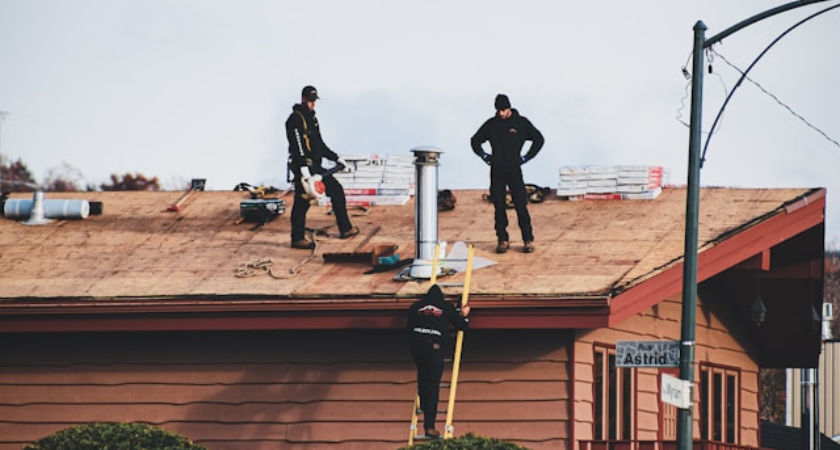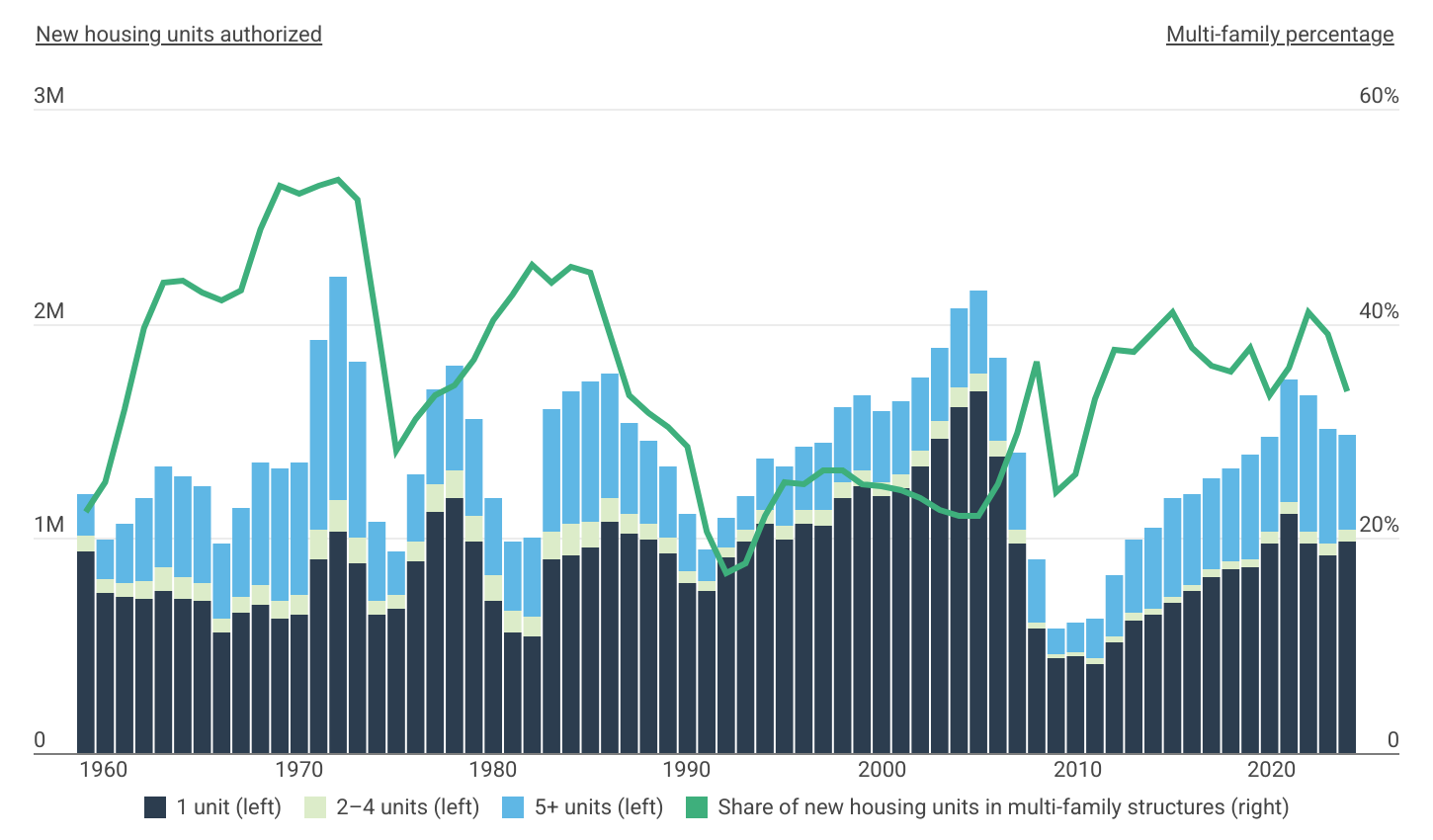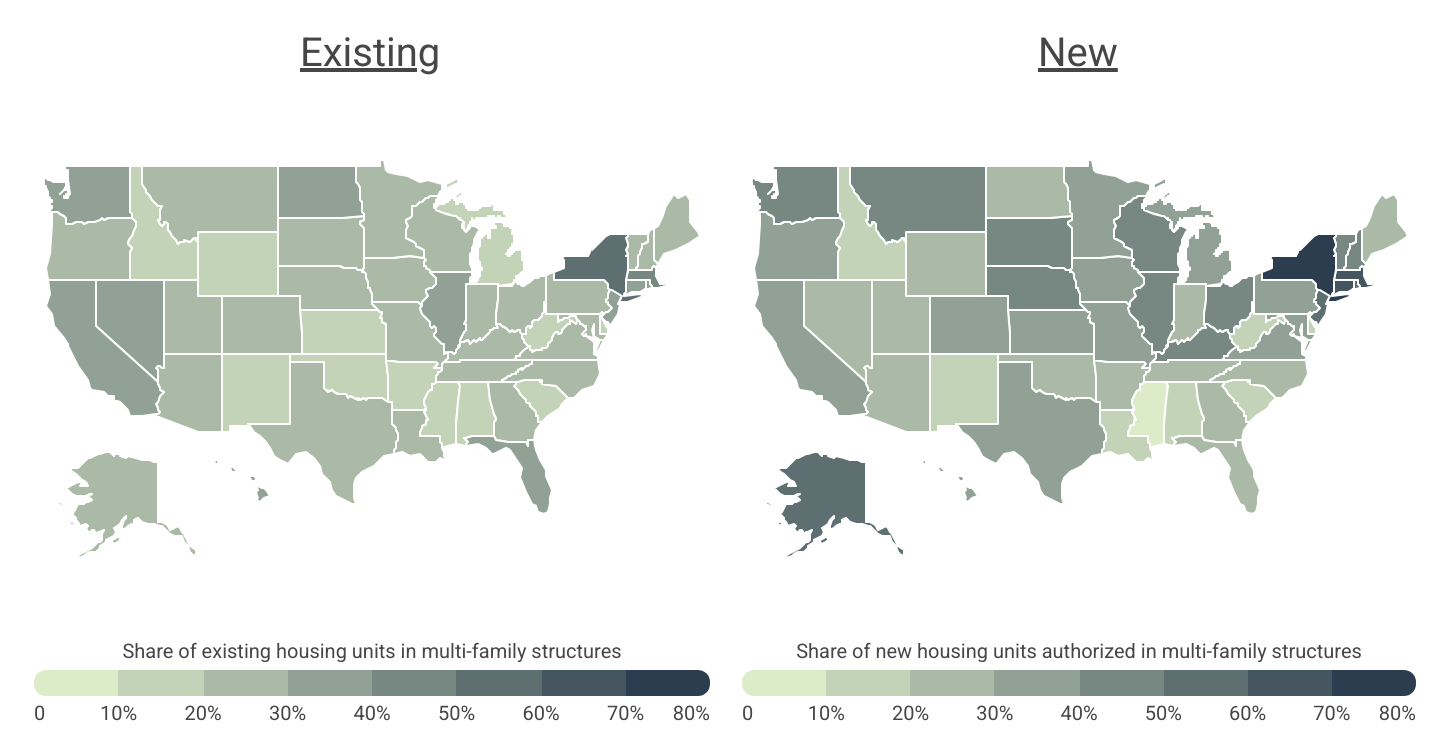
Idaho continues to rank near the bottom of the nation when it comes to new multi-family housing construction — a strain that experts say deepens the state's affordability crisis.
New analysis from Construction Coverage shows that only 15.9% of Idaho’s new housing units authorized in 2024 were multi-family, placing the state as the sixth lowest in the country. Meanwhile, over 84% of new development continues to be single-family homes, limiting options for renters and first-time buyers who are being priced out of the market.

Housing affordability remains one of the most urgent challenges across the U.S. The nation is short 3.7 million housing units, according to Freddie Mac, pushing both rental and homeownership costs higher. Rapidly growing states like Idaho are feeling this shortage more acutely as migration and demand outpace housing production.
Idaho has seen one of the fastest population growth rates in the country over the past decade, driven largely by newcomers relocating to the Boise metro and surrounding areas. However, restrictive zoning, slower approvals, and community resistance to density have made it harder to build apartments and townhomes.
Multi-family housing is considered a key solution to the national shortage because it:
increases housing supply faster
helps keep prices more stable
supports walkable, job-rich communities
uses infrastructure and land more efficiently

But in Idaho, the predominance of single-family zoning continues to limit where multi-family projects can be built — especially in suburban and rural communities where “neighborhood character” concerns frequently stall higher-density proposals.
Nationally, 33.6% of new housing authorized last year was multi-family — more than double Idaho’s share. States like New York, Massachusetts, and Washington often exceed 40–60% due to high demand for rental living and limited land for expansion.
Even regions with historically low multi-family development are beginning to shift. Alaska, for example, authorized 56.8% of new homes as multi-family units in 2024 — a sharp break from past patterns.
Housing economists say that Idaho may have no choice but to adopt more multi-family development to keep the workforce housed and prevent rising living costs from pushing out teachers, healthcare workers, service industry staff, and other essential employees.
Local leaders across the state have recently begun reevaluating zoning, especially around transit corridors, downtown cores, and university areas — but the pace of regulatory change remains slow.
Originally reported by Idaho County Free Press.